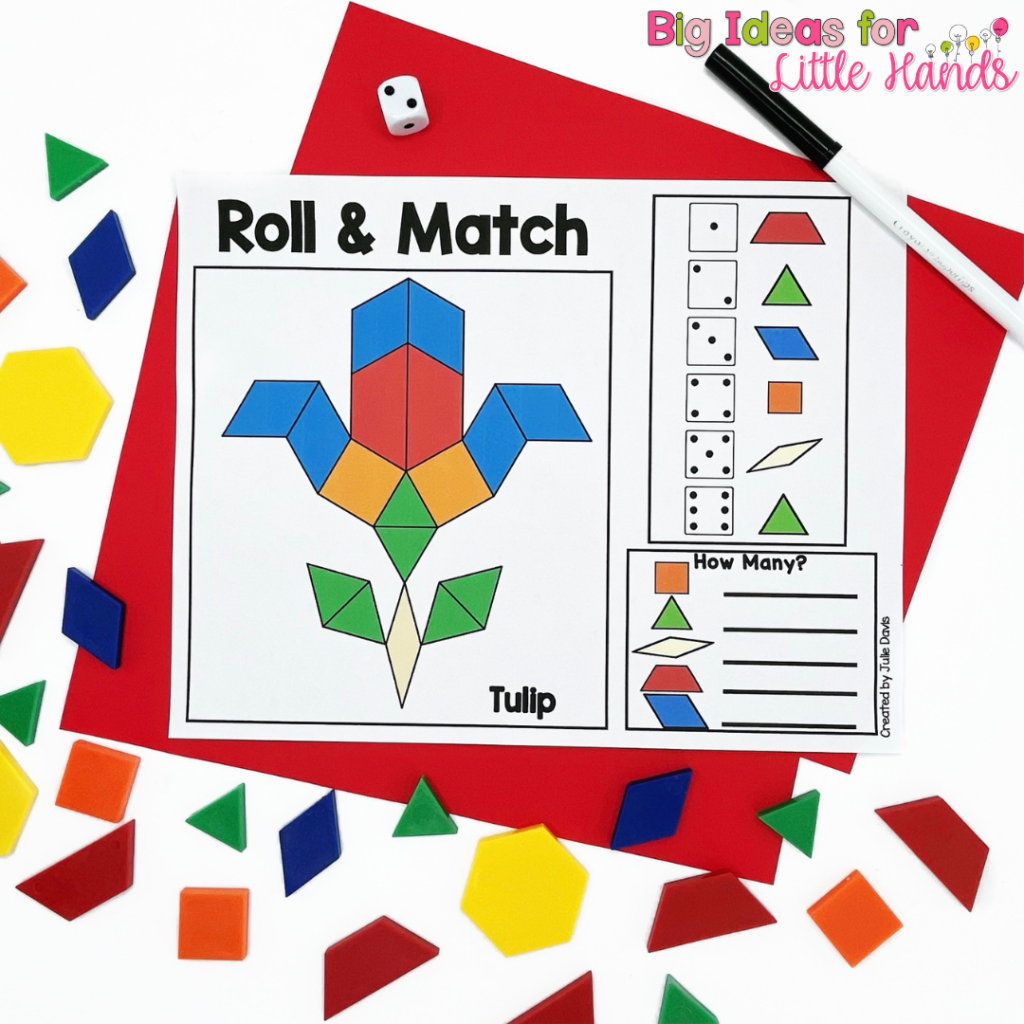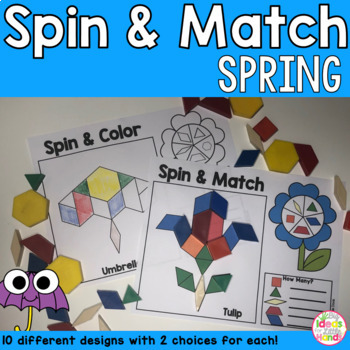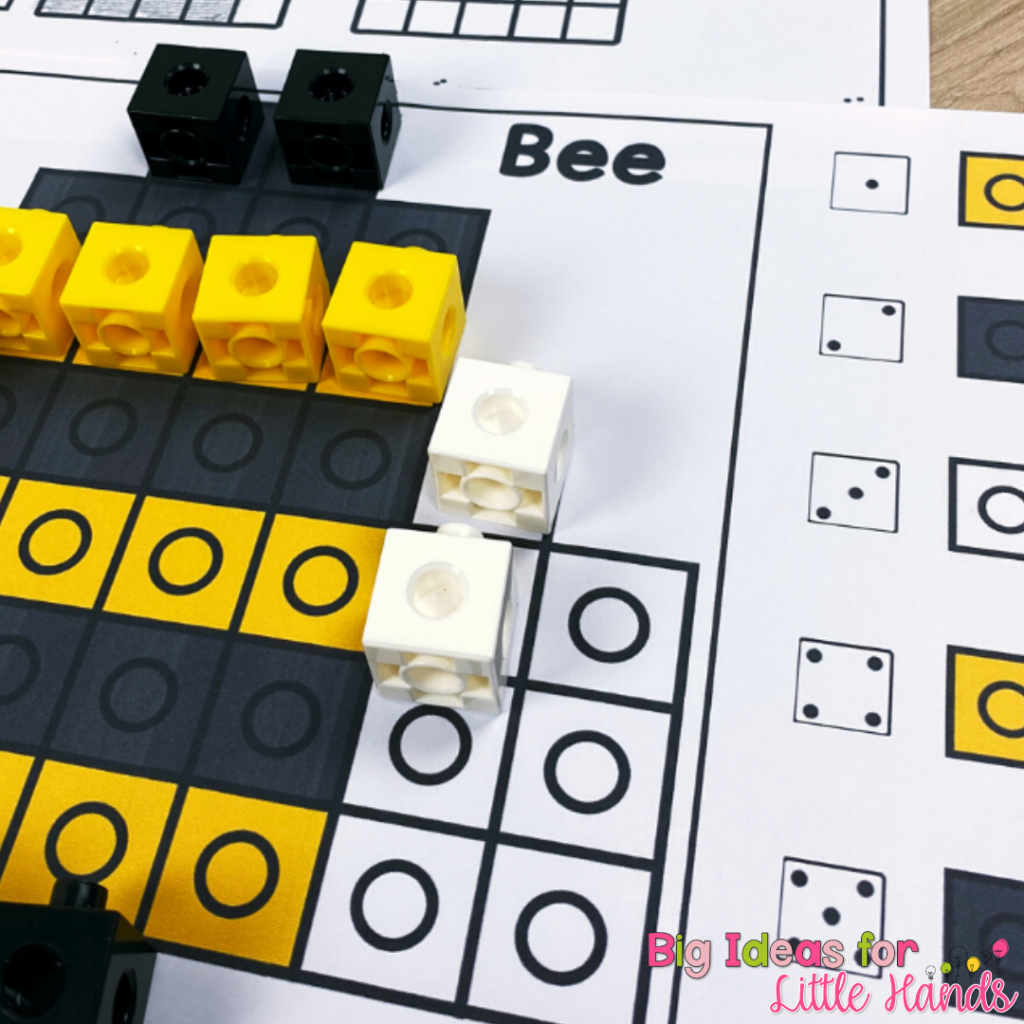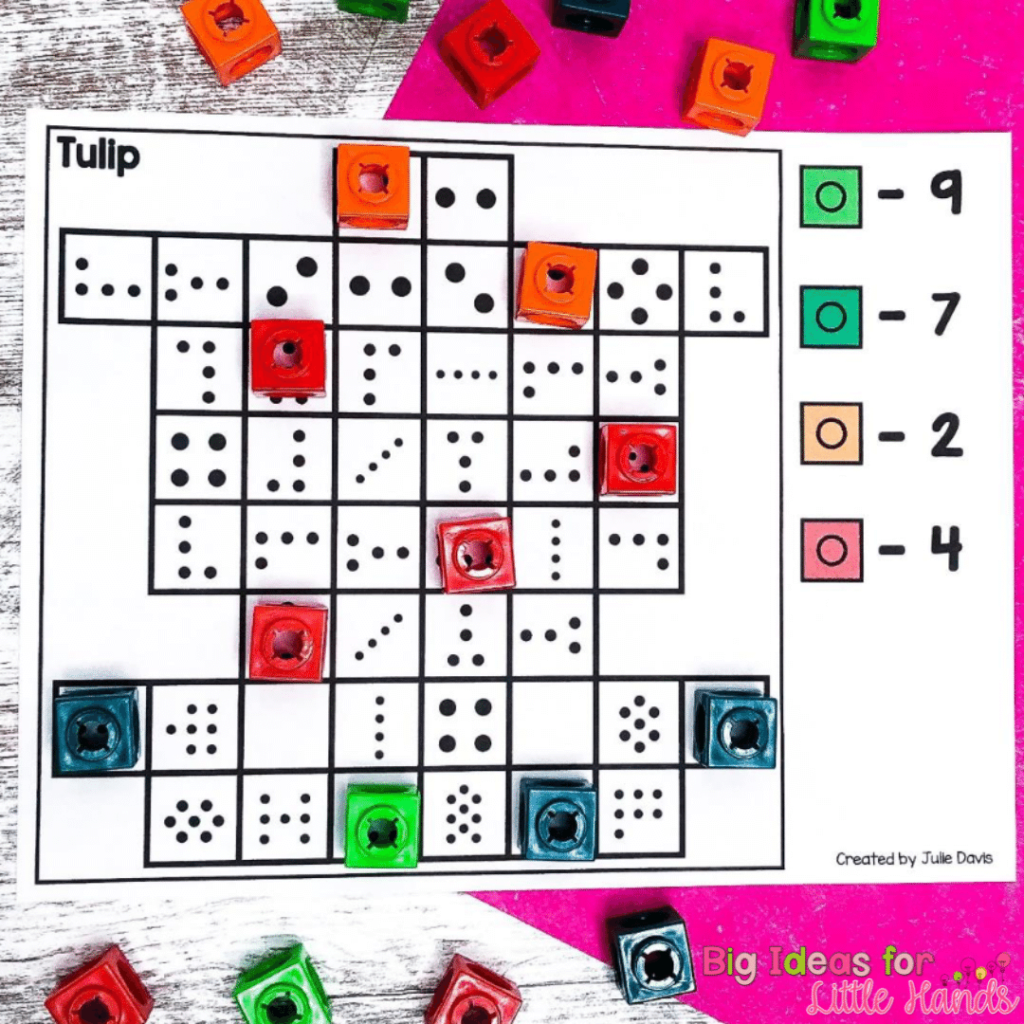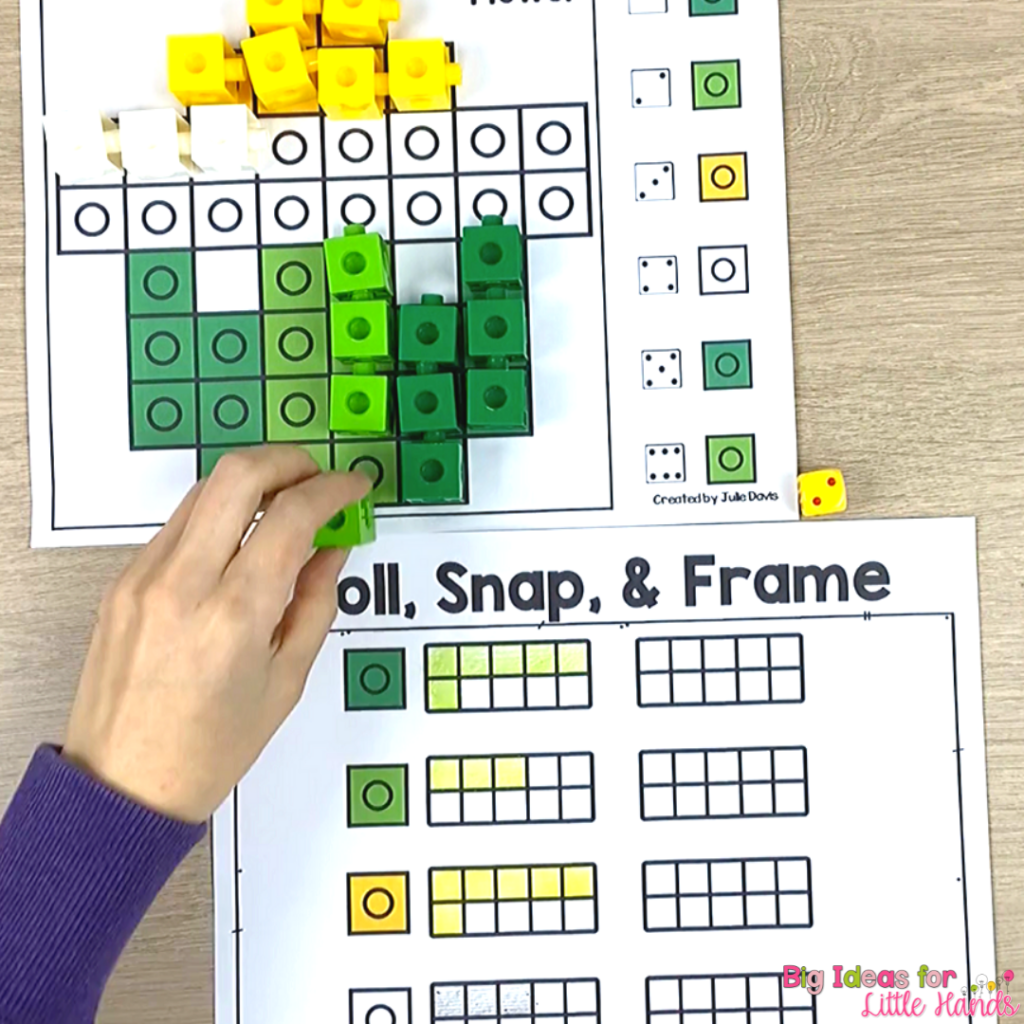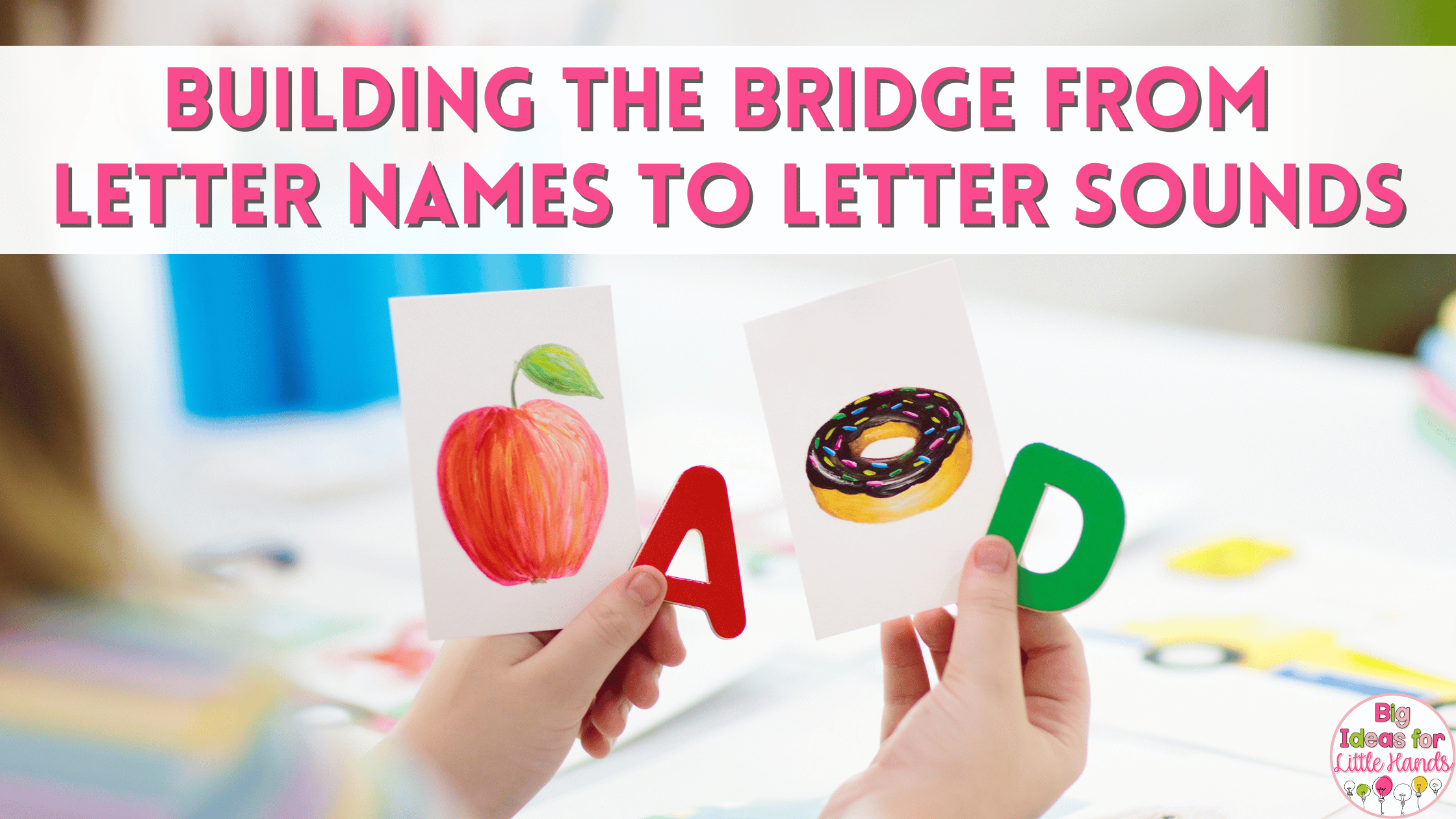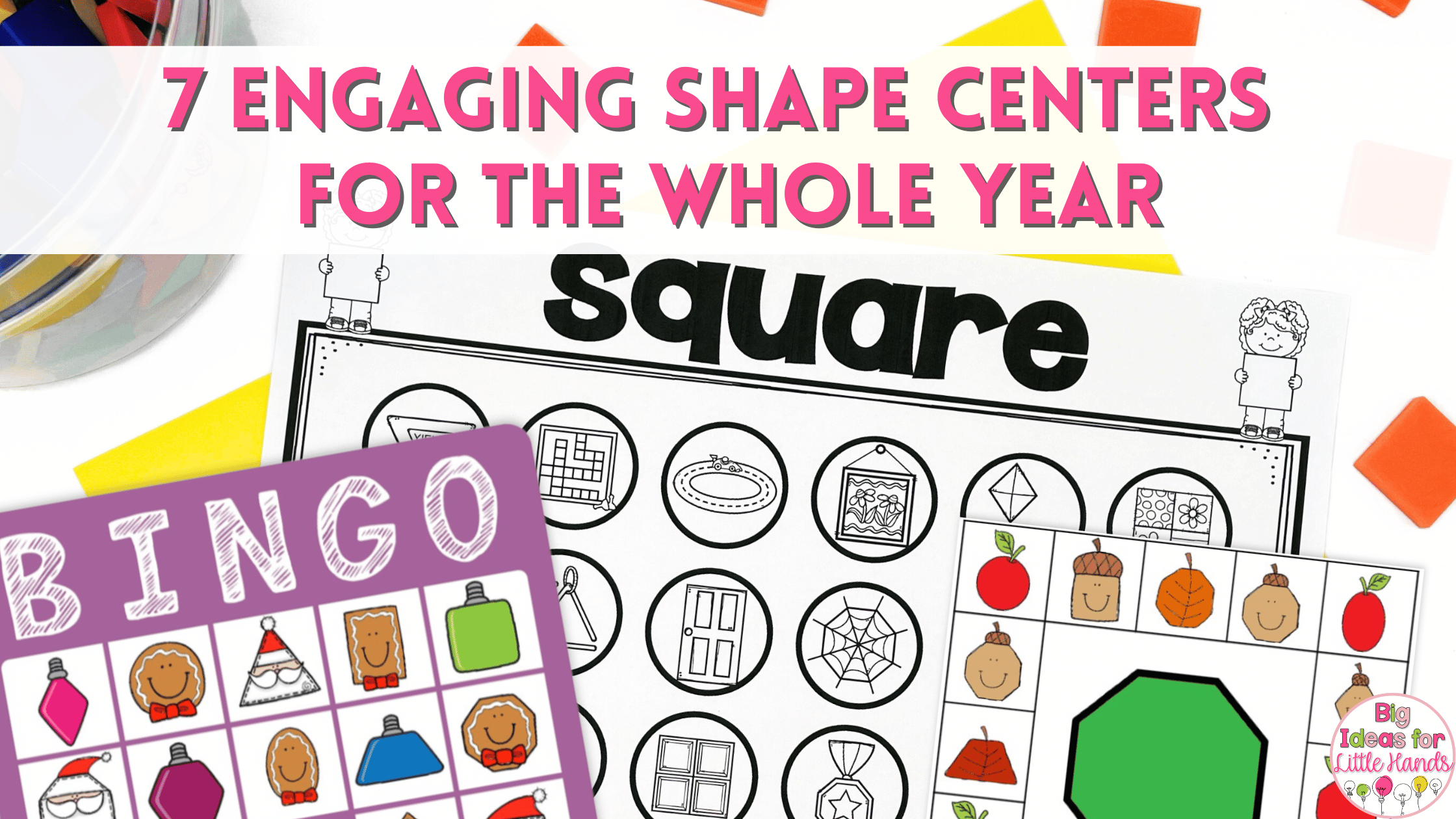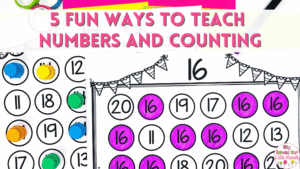You guys probably already know, I am all about hands-on learning. I truly believe that when we make learning an engaging experience with fun and exciting materials, young students really perk up and listen! Teaching math can be tricky sometimes, but using manipulatives will make it so much easier. Today I am sharing my absolute favorite resources and math manipulatives to make learning fun! I promise, just a few simple and inexpensive materials will make all the difference in your math lessons!
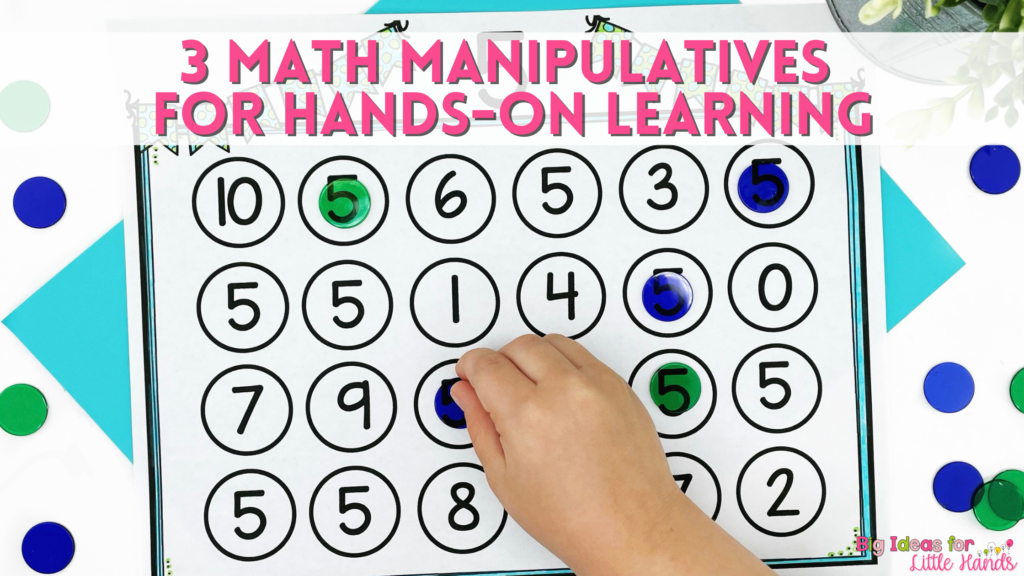
Why Use Math Manipulatives?
If you teach in an early learning setting, you might already know that math is one of those subjects that sometimes can feel a little difficult to excite students about. Many math concepts, in and of themselves, are abstract. Trying to make an abstract concept concrete can often be done through the use of manipulatives.
Additionally, teaching math to littles is all about repetition and practice, meaning it can get a little boring. The remedy I have found to this dilemma is to use different methods, resources, and materials to keep things interesting. I believe that having just a few, simple and inexpensive math manipulatives on hand will completely transform your teaching and excite your students about math with ease!
1. Mini Erasers or Bingo Chips
Mini-Erasers or Bingo Chips are a must-have as far as math manipulatives go. I’m sure you have already seen mini erasers in the Target Dollar Spot and at Michaels. These come in just about every theme you can think of and kids just LOVE them! They work great for basic counting practice, “roll and cover” type games as well as filling in tens frames. As an alternative, you can also use transparent bingo chips to mix it up. Both work great and are pretty easy to find.
One of my favorite ways to use these math manipulatives is during our morning warm-up work. I have a whole line of “Cover It Up” math worksheets that are perfect for this. I love using these because my students understand the simple layout of the worksheet and know exactly what they are supposed to do. I’m a firm believer in fostering independence with my students and these simple, repetitive activities help do just that.
My “Cover It Up” math games cover a variety of key skills including:
For these activities, I recommend using clear bingo chips or mini erasers so that you can use the paper sheets over and over again. Students will use their manipulatives to cover the concept highlighted on their paper whether it be a specific number, shape, or color. This activity is quick and easy, making it perfect for warm-up work during small groups. This will eliminate students waiting on you while you’re getting other groups settled and allow them to jump right into learning. Once your students get the hang of it, they can be fully independent- that’s a BIG win in my book!
2. Pattern Blocks
Pattern blocks have to be one of my favorite math manipulatives of all time.
There are so many fun ways to use them and students often feel as though they are “building with blocks”, which means it’s not difficult to get them engaged! But they are learning so much more! Besides working with a variety of shapes, pattern blocks also work on things like spatial awareness and shape attributes.
Pattern blocks are great for integrating thematic teaching to keep math feeling new and exciting. I love using seasonal resources like this Roll and Match Spring pattern block game. Students roll a die and use pattern blocks to build a spring-themed image! This is a great small group or center activity and also comes with a coloring page option to use as a follow-up review activity. You can also send home the coloring version for a simple and fun homework activity to get your kiddos a little extra practice.
If you love using pattern blocks as much as I do, you might also want to check out my Spin and Match Spring pattern block center. This simple center game follows the same idea as the roll and match game, except your students will use a pencil and paper clip to spin for each shape. This resource comes with 10 different mats as well as a coloring option for lots of variety!
3. Snap Cubes
If you’re only going to invest in one type of math manipulative, make it snap cubes! These are truly a classroom hero when it comes to offering engaging hands-on math lessons. There are SO many things you can do with snap cubes and students love the way these mimic building bricks, making them a fun addition to your math manipulatives collection.
Practice Graphing
One of my favorite ways to use snap cubes is to practice graphing. My Roll, Snap, and Graph: Spring math center is always a student favorite! In this activity, students will use dice to roll a colored snap cube. They will place their cube on their mat and then fill it in on the recording sheet.
Once the student has filled in their entire mat, they can identify which color had the least cubes and which had the most. Students love this one because there are multiple steps to keep them active. It keeps them busy and engaged while focusing on multiple learning goals including counting, color identification, graphing, and comparing.
Focus on Number Identification
If your kiddos could use a little extra practice with number identification and subitizing, be sure to check out my Spring Snap Cube Center.
This activity gives students plenty of practice with recognizing numbers, subitizing, and it even includes some literacy mats for letter identification and sounds too!
Students will read the code on the side of the mat to determine what color cube corresponds with each answer on the mat. Then, they will place the correct color cube on each square of their mat to reveal a spring picture.
There are 10 pages included for each concept, so your students will get plenty of practice with this engaging center.
Work with Tens Frames
Learning to fill in a tens frame is an essential early learning skill and snap cubes make it so much more fun! In my Spring Roll, Snap, and Frame resource, students will use dice to roll a colored snap cube.
They will place a cube on their spring-themed picture mat and color a square on the corresponding tens-frame.
When all of the cubes are filled in on their picture mat, students can count the number of squares filled for each color and write the number next to their tens frames.
This is a great activity for getting plenty of counting practice in a super fun way!
Math Manipulatives Make Math Fun
As a primary teacher, I don’t have to convince you to use hands-on learning activities. You already know the importance and benefits for your students. But making an activity hands-on doesn’t have to be difficult. By keeping some of these math manipulatives on hand in your classroom, you can quickly and easily provide students with hands-on learning. And . . . our students often equate hands-on with play and that means fun!
Don’t Forget to Save These Ideas for Later!
Save these ideas for using math manipulatives to your favorite classroom Pinterest board.



